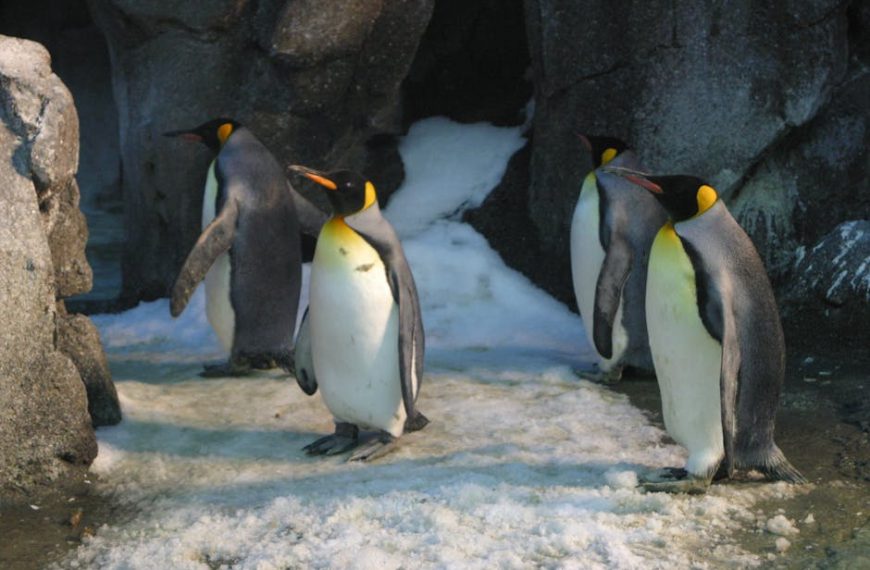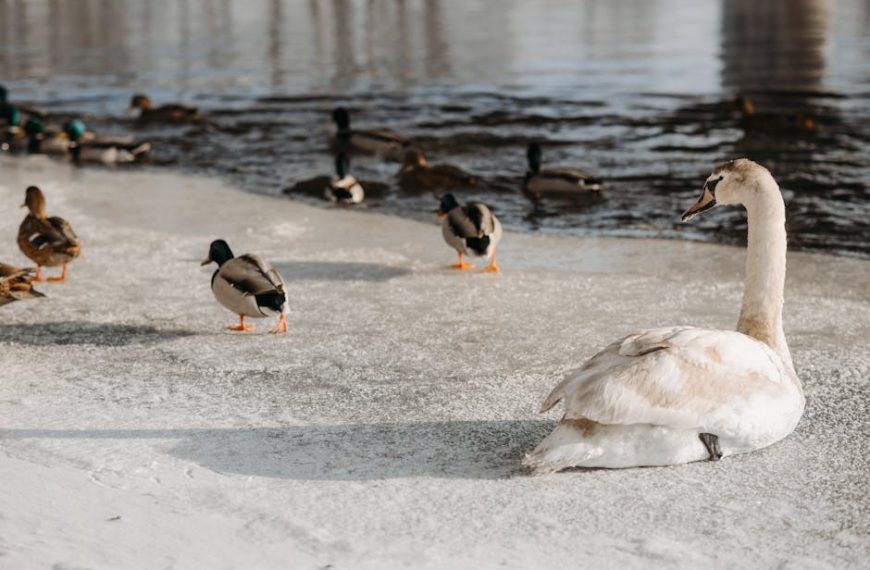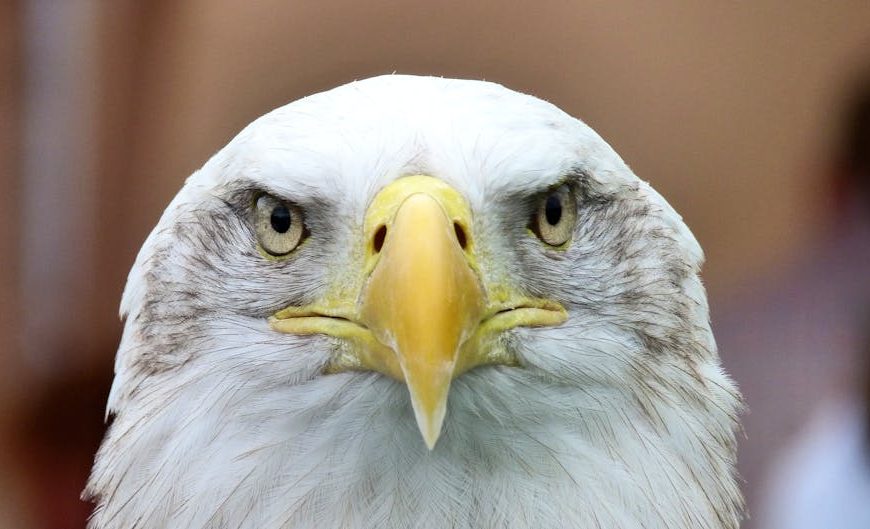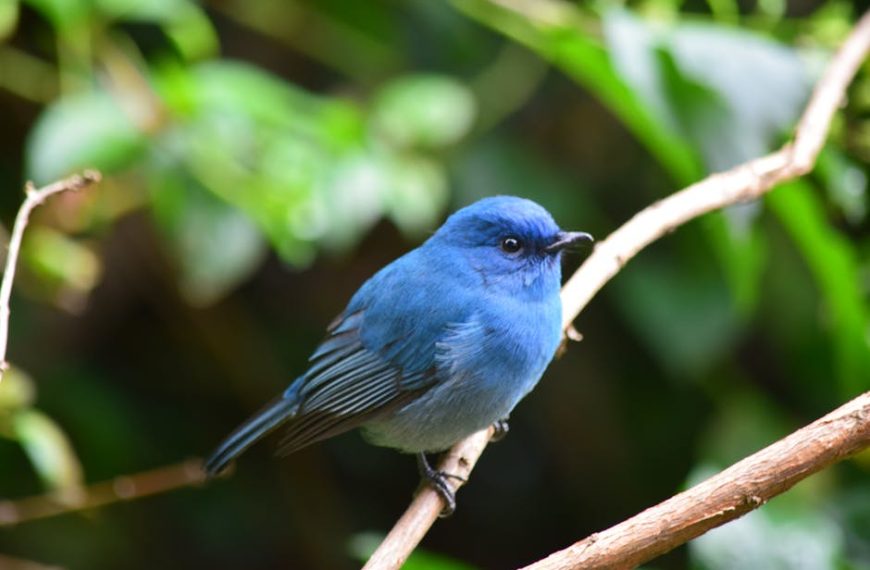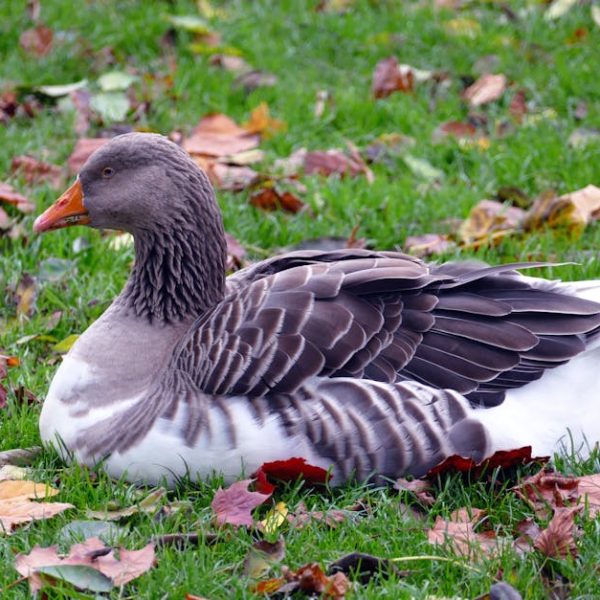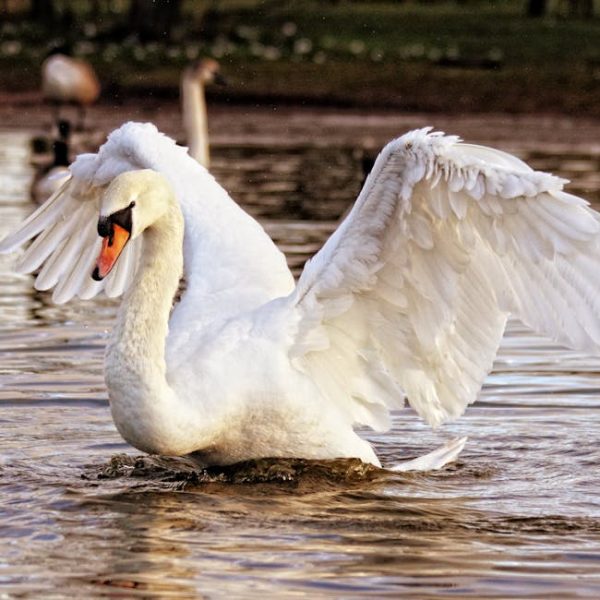Birds, those feathered creatures that fill our skies, have always enchanted humans with their ability to fly, their vibrant colors and melodies of their songs. Even more fascinating is their ability to predict elements of the weather, particularly storms. Birds, unlike humans, possess an extraordinary sensory faculty that helps them navigate weather changes and atmospheric fluctuations. Their capability to sense atmospheric pressure and humidity changes aids them enormously. Additionally, some birds can even interpret infrared radiation, enabling them to anticipate temperature variations. Infrared sensing, an impressive ability, allows birds to perceive variations in heat levels, thus providing them a crucial warning system for climatic changes.
As a storm approaches, one of the most evident alterations in a bird’s behavior has to do with atmospheric pressure changes. Normally, as pressure drops before a storm, birds exhibit discernible shifts in their behavior. These changes can range from erratic flight patterns, an unusual silence, or a sudden burst of high-pitched calls. More explicitly, birds usually descend from high altitudes to seek refuge closer to the ground level. Understanding these signs can offer a glimpse into these winged creatures’ response mechanisms to pressure changes. Interestingly, relative responses may vary widely among different bird species. For instance, aquatic birds may retreat to sheltered bodies of water while songbirds may seek solace in dense foliage.
Along with changes instigated by pressure alterations, storms also mar a bird’s feeding pattern. With an approaching storm, birds are often found feeding more than usual – gearing up for a possible shortage of food during the storm. This preemptive feeding frenzy is a survival tactic, allowing birds to maintain their energy levels during adverse weather conditions. A fascinating behavior exhibited by some bird species is ‘caching,’ where they hide food at various places to endure prolonged periods of inclement weather. Helping birds in such a situation by providing them with additional food sources can prove to be a great help. Establishing a feeding-friendly habitat for birds can aid them when natural resources run scarce during storms.
As storms draw closer, birds’ flight paths also evolve. Some birds, specifically those that rely on thermal soaring, may fly in a V formation or stay low to the ground to maintain balance amidst unsettled air currents. Additionally, for long-distance migrating birds, storm-front winds can serve a tactical advantage, propelling them forward. However, flight adaptability to impending storms deviates greatly across species, with each employing its own distinct survival strategies. Birdwatchers should, therefore, pay extra attention to these variances in flight patterns to learn more about these captivating species.
Further, as stormy conditions emerge, birds are observed to exhibit significant shifts in their nesting and roosting behavior. Many birds take steps to safeguard their nests from the upcoming weather onslaught. This may involve building nests that are significantly shielded from the elements or relocating to more protected roosting spots. Astonishingly, some birds are even known to clutch tightly onto branches, bracing themselves against the ferocity of storm gusts. Ensuring birds have safe and secure roosting places before a storm can significantly impact their survival and well-being during tumultuous weather.
Storm Anticipation and Bird Calls
- Further develop the discussion on the change in bird calls due to an approaching storm.
- Discuss the drastic increase in bird vocalizations before significant weather changes.
- Include examples of bird species known for their storm warnings.
Birds, with their complex auditory systems, prove to be fascinating creatures due to their predictive abilities of upcoming weather scenarios. This often involves a stark modification in their vocal activities. The intensity of bird calls and songs are considered to be non-verbal indicators of an impending storm. An increase in the frequency of bird chirping and squawking can serve as cues to other birds and possibly alert nearby humans as well. For instance, Australian Pitcher plants have evolved to listen and respond to bird calls to anticipate storm arrivals.
Interpreting Bird Movements as Weather Predictions
- Discuss how the overall behavior and movements of birds can be a guide to predicting weather changes.
- Talk about historical practices of using bird behavior as weather indicators.
- Pro tip:
– Develop key observational capacities to understand bird behaviors better.
The interpretation of bird behavior and movements can serve as an excellent insinuation for anticipating upcoming changes in weather. An age-old interaction with nature has cemented bird movements as subtle yet powerful indicators of atmospheric changes. For centuries, humans have relied on these skillful fliers for forecasting weather. For example, folklore has it that when sea birds fly inland, one should expect a storm, or if crows fly in a circle, snow might be on its way. The takeaway here is that a deeper understanding and keen observation of bird behaviors can unfold aspects of nature’s mystique that may otherwise go unnoticed.
Conclusion: Birds as Remarkable Forecasters
- Conclude by reinforcing how bird behavior can act as effective indicators of weather conditions.
- Summarize the various signs and behavior discussed throughout the article.
- Encourage the reader to notice and appreciate these remarkable creatures and the insights they offer.
In essence, the behavior exhibited by birds provides remarkably accurate weather forecasts. Whether it’s their unusual flight patterns, heightened feeding frenzies, sudden silence, or altered nesting behavior, each sign plays into the intricate dance of survival in the face of a storm. Not only does this bird behavior offer practical information about imminent weather changes, but it also highlights the intricate relationships and dependencies within our ecosystem. Taking the time to observe, learn about, and appreciate these feathered forecasters can enrich our understanding of the world, and deepen our connection with nature. So, the next time you notice certain changes in bird activity, take a moment to admire these incredible creatures and consider what they might be telling you about the approaching weather.
Key Takeaway:
- Birds possess extraordinary sensory perception abilities, including sensing atmospheric pressure, humidity changes, and infrared radiation, which aids them in predicting impending storms.
- Birds exhibit behavioral changes such as erratic flight, high-pitched calls, descending to lower altitudes, and seeking shelter prior to a storm.
- Feeding patterns among birds become more vigorous as they prepare for a lack of food during the storm. Some species even practice ‘caching,’ hiding food in various places to last throughout the storm.
- Flight patterns of birds change with the approach of a storm, with some species flying in a V-formation or staying low to the ground.
- Birds also protect their nests, either by constructing them in sheltered places or moving to safer roosting spots.
- Bird calls often increase in intensity before a storm due to their complex auditory systems, serving as non-verbal warning systems.
- Bird behavior and movements have historically served as a guide to predicting weather changes.
Encouraging and assisting birds during these challenging times, by creating feeding-friendly environments or providing safe roosting places, can significantly impact their survival and well-being. Let’s continue to appreciate and protect these incredible creatures, learning from their forecasting abilities and supporting their survival tactics.
FAQs
Q: How exactly do birds sense atmospheric pressure changes?
A: While the specific mechanics may vary, birds generally sense atmospheric changes through their highly developed sensory systems. They are sensitive to minute shifts in barometric pressure, changes in humidity, and temperature variations, which helps them anticipate weather changes effectively.
Q: How can I assist birds in maintaining their energy levels during a storm?
A: During pre-storm periods, birds tend to feed more to stock up their energy reserves. You can assist by providing additional food sources, such as bird feeders, which can supplement their diet during these periods of increased feeding activity.
Q: Can I rely on bird behavior to accurately predict weather changes?
A: Although not foolproof, observing bird behavior can often provide valid indications of upcoming weather changes. Over centuries, humans have honed the practice of reading these signs as a rudimentary form of weather prediction.
Q: Do all bird species exhibit the same response to an approaching storm?
A: No, responses can significantly vary among different bird species. These variations are often determined by their unique habits, habitats, and physiological qualities.
Q: What steps can I take to help protect bird nests during storms?
A: Providing secure and sheltered spaces for nesting can help. If you have birdhouses, ensure they are placed in areas protected from the weather elements and check to see if they are securely anchored to withstand gusty winds.
We encourage you to share this insight-packed article and explore more such exciting topics on our website.

